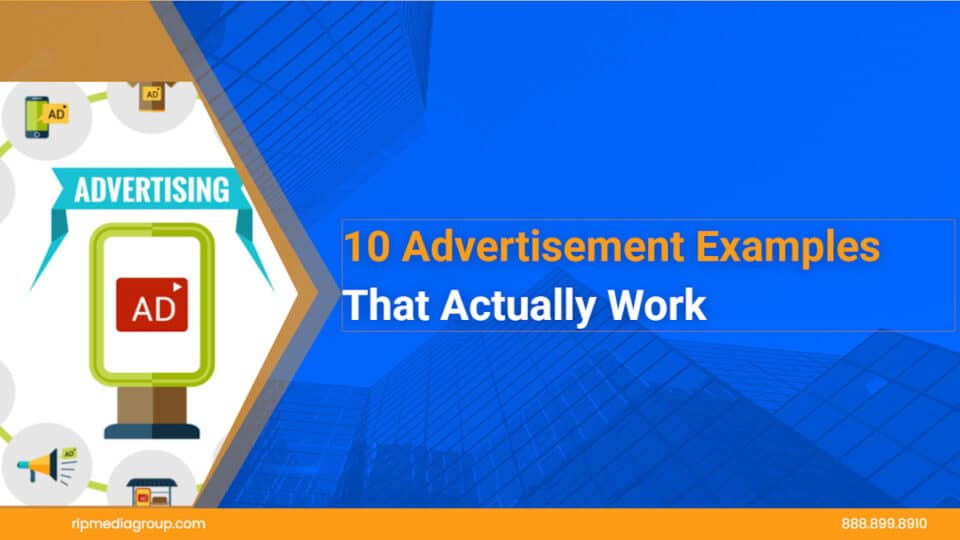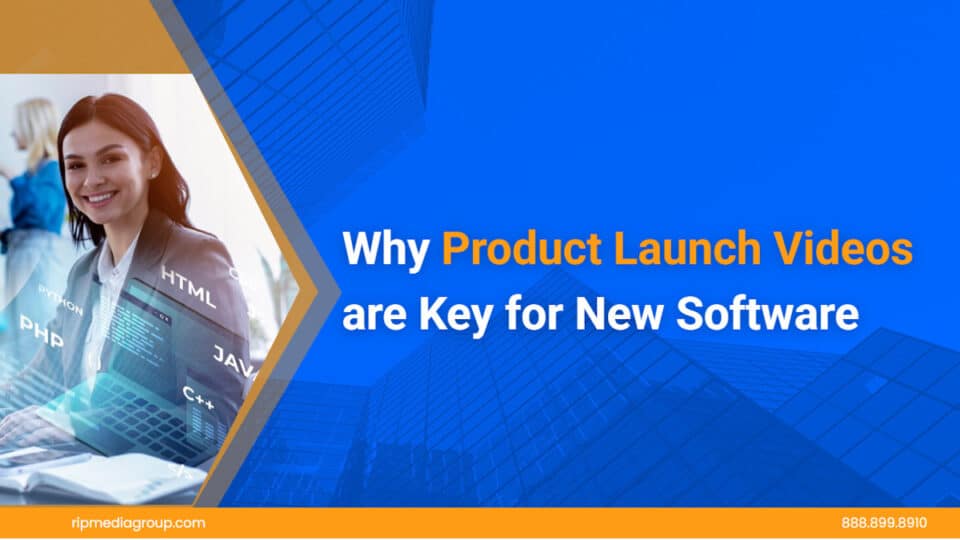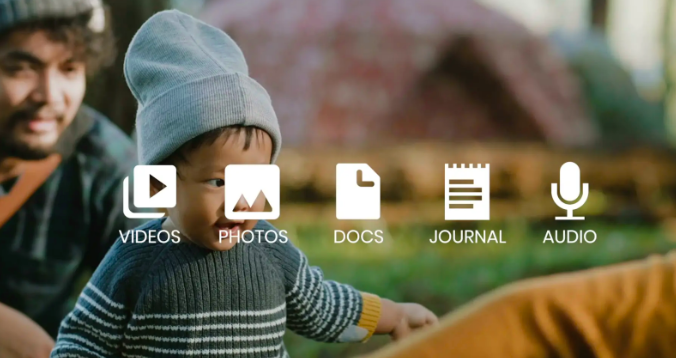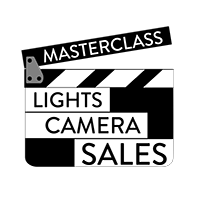If you want to learn how to make ads that grab attention and drive results, studying advertisement examples is the best place to start. You can see what works, what fails, and how top brands use strategy, timing, and creativity to reach people. These advertisement examples show that good marketing is about clarity, not luck.
1. Apple – “Shot on iPhone”
Apple’s campaign is one of the most effective advertisement examples in the last decade. The concept is simple. Show real photos and videos taken by iPhone users. No technical jargon. No celebrity endorsements. Just proof of quality.
This ad worked because it put the product in the hands of the audience. It focused on results, not promises. The campaign ran globally and helped Apple increase its user-generated content by over 60% in 2023.
2. Nike – “Just Do It”
This slogan launched in 1988 and remains one of the most recognized advertisement examples ever made. The message is clear and motivational. It connects with both athletes and everyday people.
Nike consistently builds on this theme by linking it to personal achievement. Their ads rarely focus on product specs. They focus on mindset. It is a perfect study in long-term brand consistency.
3. Old Spice – “The Man Your Man Could Smell Like”
This campaign turned a declining brand into a viral success. It’s one of the most shared advertisement examples in online history.
Old Spice used humor, fast pacing, and a memorable spokesperson. Within three months of launch, sales doubled. The key takeaway: personality sells. If your product feels boring, smart humor can make it memorable.
4. Dove – “Real Beauty Sketches”
This campaign remains one of the strongest emotional advertisement examples. Dove invited women to describe themselves to a sketch artist and then compared those drawings with how others described them.
The result was clear. Most women underestimated their beauty. The campaign sparked global conversations and strengthened Dove’s brand identity around authenticity and self-esteem.
5. Google – “Year in Search”
Each year, Google releases a video summarizing what the world searched for. These advertisement examples are powerful because they are not about the product itself. They are about human curiosity, emotion, and shared experience.
The 2022 edition alone generated over 300 million views across platforms. It’s a strong lesson in using data-driven storytelling to connect emotionally.
6. Coca-Cola – “Share a Coke”
Coca-Cola replaced its logo with popular first names. This campaign became one of the most copied advertisement examples worldwide.
It created personalization at scale. People looked for bottles with their names or their friends’ names. Coca-Cola saw a 2% increase in U.S. sales after years of decline. The takeaway: small personalization can drive big engagement.
7. Always – “Like a Girl”
Always used this campaign to redefine a phrase that had been used negatively. This is one of the best advertisement examples of purpose-driven marketing.
The campaign challenged gender stereotypes and built strong emotional engagement. It showed that brands can take social stands without losing focus on their audience.
8. Spotify – “Wrapped”
Every December, Spotify gives users a personalized summary of their listening habits. These advertisement examples prove how data can become content.
Spotify doesn’t just advertise—it celebrates users. In 2023, over 150 million people shared their Wrapped stories online. The feature turned brand loyalty into free marketing.
9. Airbnb – “Made Possible by Hosts”
Airbnb built one of the most human advertisement examples in travel. Instead of showing hotels or luxury experiences, they showed real hosts welcoming guests.
It built trust and reminded users that Airbnb is about people, not just places. This message helped the company recover faster after the travel industry downturn in 2020.
10. P&G – “Thank You, Mom”
Launched during the 2012 Olympics, this campaign remains one of the most emotional advertisement examples from Procter & Gamble. It showed mothers supporting their children from childhood to competition.
It wasn’t about products—it was about values. The ad connected across cultures and boosted P&G’s global brand perception significantly.
What These Advertisement Examples Teach You
- Simplicity wins
Every one of these campaigns has a clear message. No complicated taglines. No overproduction. You understand them in seconds. - Emotion drives recall
Emotional storytelling makes brands memorable. Ads like Dove’s and P&G’s prove that connecting with feelings builds stronger loyalty than product features alone. - Authenticity matters
Real stories work better than exaggerated claims. Consumers recognize honesty. Campaigns like Airbnb’s and Apple’s show that real user experiences build trust. - Consistency builds identity
Nike and Coca-Cola have used the same message for years. Repetition creates recognition. When your message stays the same, your brand becomes familiar and reliable. - Data can inspire creativity
Google and Spotify show how numbers can tell stories. Using real data adds credibility and relevance. - Purpose increases impact
Brands that stand for something bigger than sales earn loyalty. Always and Dove prove that clear values strengthen brand positioning.
How to Use These Lessons in Your Marketing
- Start with clarity. Write a single sentence that explains your value.
- Add emotion. What should your audience feel after watching your ad?
- Stay human. Use real people, not stock characters.
- Use data. If you have statistics or insights, build a story around them.
- Measure results. Track engagement, conversions, and recall.
You can apply these lessons to small campaigns as well. You don’t need a massive budget. What you need is focus and understanding of your audience. And use tools like Script-Timer AI to save 90% of creation time so you can focus on creativity.
Final Thoughts
The best advertisement examples show that success comes from clarity, not complexity. They combine emotion, storytelling, and strategy in short, precise ways. You can learn more from analyzing these campaigns than from any textbook.
Use these lessons in your next ad. Test small. Learn fast. Refine your message. The next great campaign could come from your brand.




